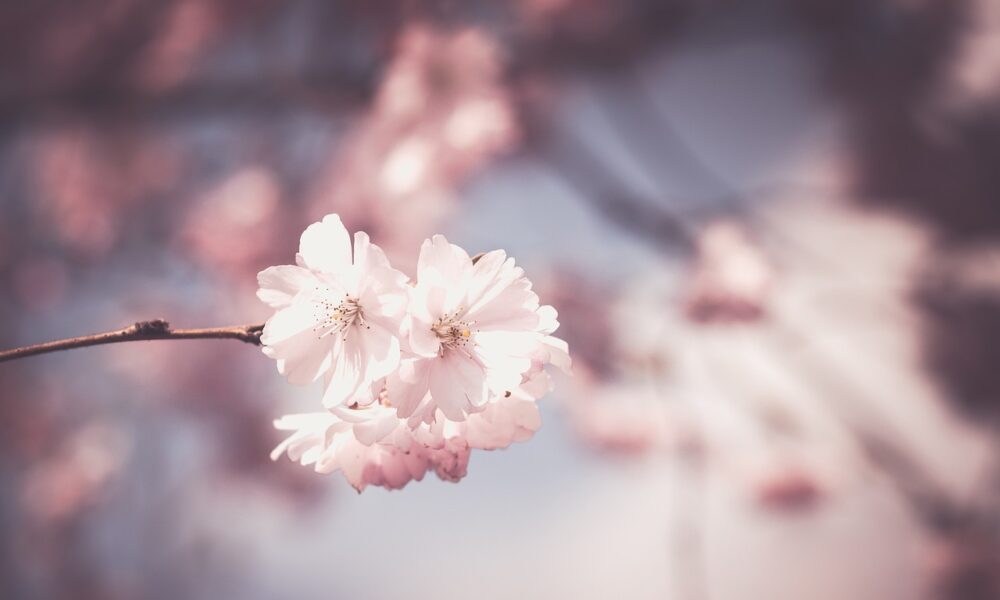Dogwood blossoms have been a part of Southern culture and folklore for centuries. The Cherokee people of the Southeastern United States viewed the dogwood tree as a symbol of protection and strength. In Christian mythology, the dogwood tree was said to have been used to make the cross that Jesus was crucified on, which is why the petals of the flower are in the shape of a cross. This unique shape has made the flower a highly recognizable icon of the South.
In addition to its symbolic significance, the dogwood blossom was also highly valued for its medicinal properties. The bark of the tree was used to treat malaria and other ailments, and a tea made from dogwood root was believed to have pain-relieving effects.
Today, dogwood blossoms continue to hold a special place in Southern culture, with festivals and events celebrating their arrival each spring. Whether viewed as a symbol of beauty, strength, or faith, the dogwood blossom remains a beloved and iconic part of the South.
The History of Dogwood Blossoms
Dogwood blossoms have a special place in Southern culture and history. In Cherokee mythology, the dogwood tree was believed to possess powerful protective qualities, while in Christian lore, the cross that Jesus was crucified on was said to be made from dogwood. This is why the petals of the flower have a distinct cross shape, and why it is thought to be such an important symbol for Southerners.
Furthermore, the state tree of Virginia is the flowering dogwood, and this further highlights the significance that these beautiful flowers hold in Southern culture. The history and mythology surrounding dogwood blossoms only adds to their appeal as a quintessential sign of springtime in the South.
Overall, dogwood blossoms are much more than just beautiful flowers – they are an important part of Southern culture and history. Whether planted in a garden or viewed in their natural habitat, these iconic blooms continue to captivate and inspire people today.
Growing and Caring for Dogwood Trees
Growing and caring for dogwood trees is relatively easy, and they can make a beautiful addition to any outdoor space. To ensure the best growth and blooming, it’s important to plant them in the right location and provide proper care. Dogwood trees prefer moist, well-drained soil and partial shade, making them ideal for planting under larger trees or near buildings to provide some shelter from the sun.
Pruning is not always necessary for dogwood trees, but it can help to shape the tree and promote better blooming. Dead wood should be removed regularly, and the tree can be pruned in the winter months to encourage healthy growth in the spring.
While dogwood trees are generally hardy, they can be susceptible to powdery mildew and borers. Proper care and maintenance, such as regular watering, fertilization, and pest control, can help prevent these issues. As with any plant, being attentive to its needs and providing proper care is key to enjoying the beauty of dogwood blossoms for years to come.
Tips for Cultivating Dogwood Blossoms
If you want to ensure that your dogwood blossoms are healthy and beautiful, it is essential to provide them with proper care. First and foremost, you need to choose the right location for planting. Dogwood trees prefer partial shade and well-drained soil, so make sure to select a spot that meets these requirements. Additionally, make sure to water the tree regularly, particularly during dry spells, to keep the soil moist.
Furthermore, fertilizing the tree in early spring can help promote better blooming. When it comes to pruning, it is typically best to do so in the winter months, as this can help to shape the tree and encourage new growth. Removing any dead wood is also essential, as it can contribute to disease and detract from the tree’s overall appearance.
Overall, with the right amount of attention and care, your dogwood tree will provide you with gorgeous blossoms for years to come. By following these tips, you can ensure that your tree thrives and continues to be a beloved symbol of Southern springtime.

Leave a Reply